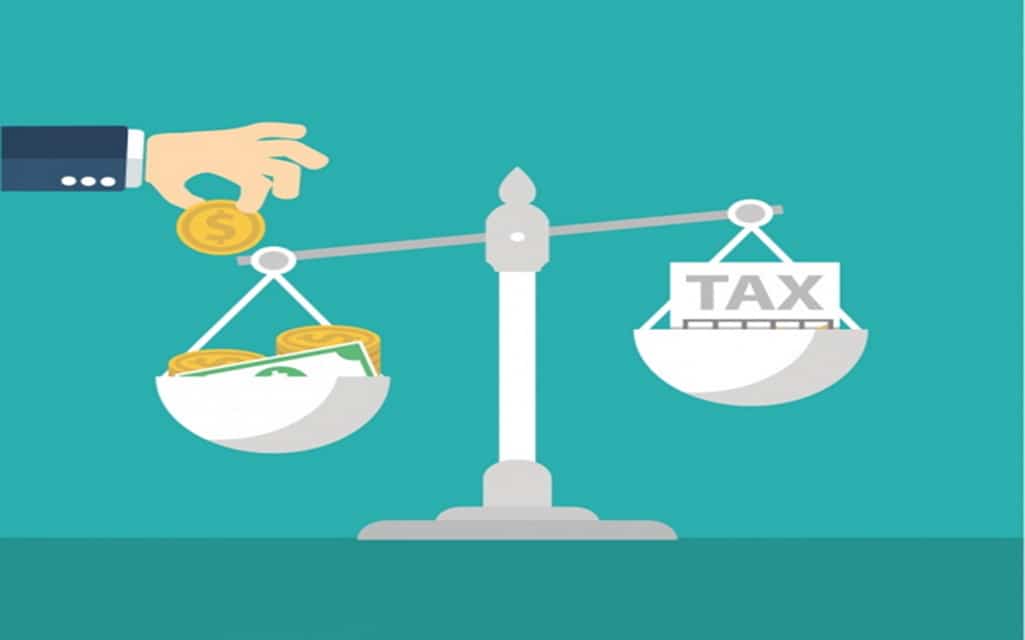If you are somebody who has just filed their income tax returns, then the idea of planning your finances and making the best use of the opportunities available to save on taxes must be fresh in your mind. Equity-linked savings scheme provides such tax benefits along with providing some great opportunities for wealth creation. These are the multi-cap equity investments with a lock-in period of 3 years. This scheme comes under the diversified segment of the mutual funds. Most of the exposure is in equity, and a part of it in debt. Under section 80C of the Income Tax Act, 1961, individuals can claim tax exemptions for an amount up to INR 1.5 lakh through ELSS. These funds are suitable for investors who have a cast-iron stomach and a long term financial goal in mind. ELSS funds are best suited for investors who are young in their profession since they can enjoy the power of compounding and get higher returns while saving on their taxes.
There are numerous ELSS options available in the market today. It is crucial for the investors to carefully choose the best ELSS mutual fund as this exercise can be bewildering at times. Generally, investors go for funds that can reap the best return on a given horizon. However, several other factors should be considered while choosing the best ELSS mutual fund. Click to know more about best ELSS funds before investing.
Factors to Determine the Best ELSS Mutual Funds
1. Portfolio Design –
Typically, ELSS funds are designed as multi-cap schemes with the flexibility to invest in small, mid, and large-cap stocks. While some schemes like Tata Tax Savings Scheme and Invesco Tax Plan have a focus on large-cap stocks providing more excellent stability and profitability, IDFC Tax Saving Scheme and Birla Sunlife Tax Relief incline more towards mid-cap and small-cap funds. The latter has a higher risk in the revenue generation and profitability in times of slowdown but has a potential of higher profitability when the markets are in momentum. Therefore one can choose the best ELSS mutual fund as per one’s requirements and financial ambitions.
2. Concentration of Stocks –
One can have a good idea of the concentration of the scheme by the percentage of the portfolio in the top 5 stocks and the number of shares in the collection. A highly concentrated portfolio can lead to risk as under performance of some stocks can adversely affect the complete portfolio. Several funds hold a maximum of 30 stocks as a practice to safeguard against this loss due to concentration. However, this does not mean that a proper portfolio must be too diverse. That will disable the fund from benefiting from a run-up in the price. One can consider a portfolio that is compact with better visibility of what is going on and can make decisions accordingly.
Read More: Best Way to Invest In Direct Mutual Funds
3. Consistency in Returns –
A fund that performed well last year need not perform well this year as well. Therefore choosing a scheme based on its recent past performance is not a smart idea. Along with the past return history of the scheme, individuals should choose a plan based on their comfort and understanding of the portfolio strategy. Investors should not take the performance either good or bad right at their face values but investigate the reasons behind them. One should carefully study the consistency in the performance of the funds during market fluctuations. One should aim for funds that have maintained their ranks in the top quartile throughout in their sectors. A scheme should have the ability to generate returns higher than the benchmark in rising markets and the ability not to lower the returns in times of a slowdown significantly.
4. Investment Horizon –
Though one of the advantages of ELSS funds is that they have a lock-in period of only three years, which is quite less than that of other tax saving instruments, investors should consider having longer investment horizons. This exercise of having a more extended period will help investors benefit from the appreciation in equity. Sometimes when the market has had a downturn, a time frame of 3 years is not enough for the mid-caps and small caps to recuperate the downward trend and provide good returns. One of the best ways to manage this effect is by investing in Systematic investment plans or STPs to average out the profits
Read More: What are the best things to invest in?
5. Overall Plan –
Plans of investing in ELSS should not be made in isolation. One must pay equal heed to other investments one is doing and one’s expenses such as fees, transport, insurance, provident funds, etc. After considering one’s present and future financial requirements, one can decide if the best ELSS mutual funds can be accommodated in financial planning. One must ensure that the ELSS fund one chooses is not just the same as any other investment scheme one is already managing. One thing to remember is that a 10% tax applied to all long term capital gains from ELSS funds
Although Equity Linked Savings Scheme may not provide the smooth pathway, unlike many other tax-saving instruments, if one chooses the best ELSS mutual fund after an in-depth study and analysis, this option can be instrumental in one’s financial journey.



